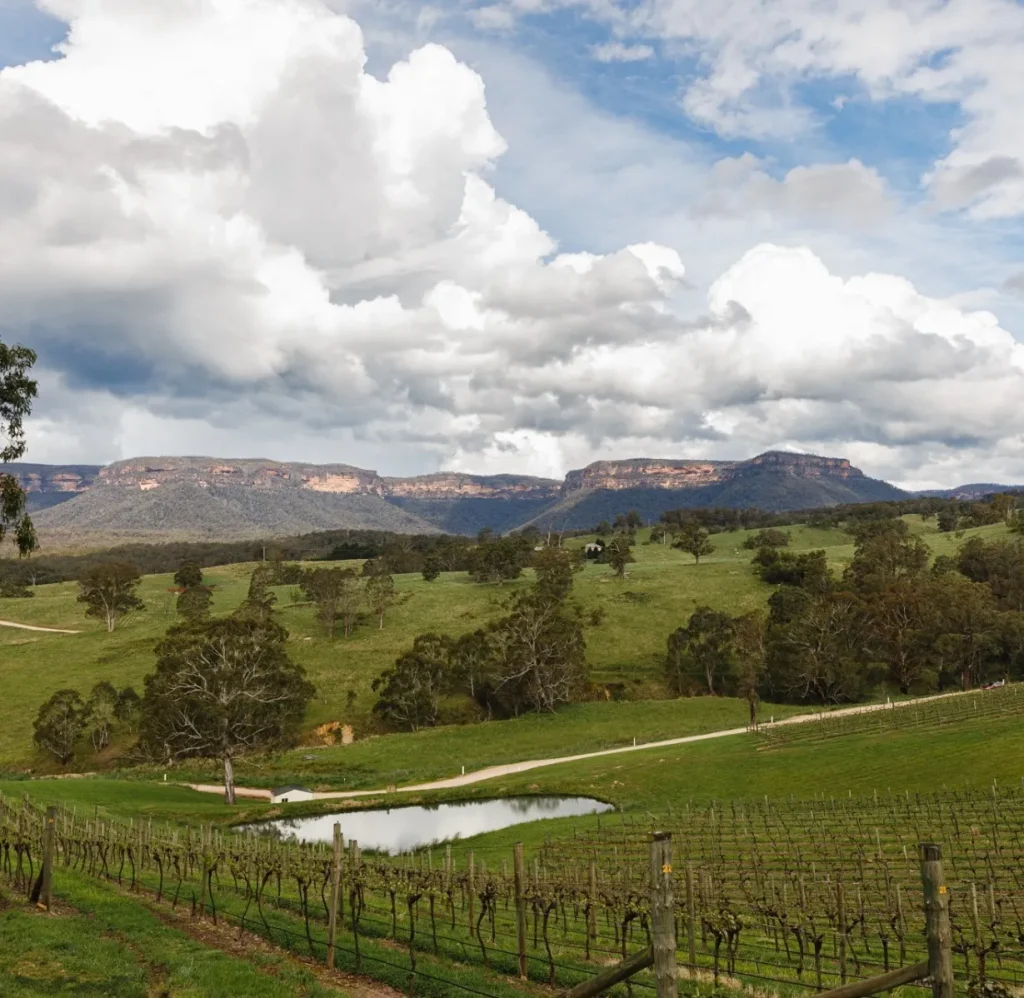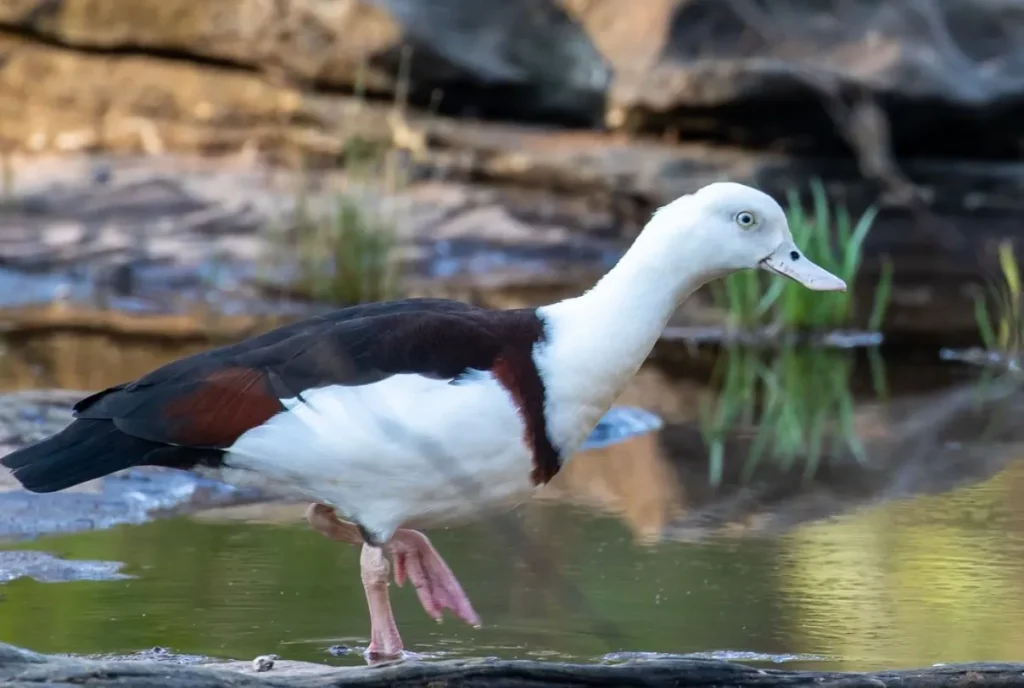For those wondering whether the trek to Australia’s iconic Uluru is a journey worth taking, the short answer is a resounding yes. This natural wonder is not only a stunning geological formation but also a profoundly significant cultural site for the Anangu, the traditional Aboriginal custodians of the land. With its captivating colors that shift with the sunlight, opportunities for learning about ancient cultures, and a range of activities for adventure seekers, Uluru offers a uniquely enriching experience. In this article, we’ll delve into what makes Uluru so special, providing the insights you need to plan a memorable visit.
Understanding Uluru: A Natural and Cultural Splendor

Uluru, formerly known as Ayers Rock, stands as a monumental sandstone monolith in the heart of Australia’s Red Centre. It rises impressively above the otherwise flat landscape and changes colors dramatically at dawn and dusk. But Uluru isn’t just a sight to behold; it’s also a place steeped in Aboriginal lore and spirituality. For tens of thousands of years, it has been a sacred site for the Anangu people, who continue to share their rich history and culture with visitors. Recognized for both its natural and cultural significance, Uluru has been granted UNESCO World Heritage status, a testament to its importance and the ongoing efforts to preserve this irreplaceable treasure.
Navigating the Red Centre: How to Reach Uluru
The journey to Uluru is an adventure in itself, with several options available depending on your travel preferences. You can fly directly to the Ayers Rock Airport, drive the scenic route from Alice Springs, or opt for an organized
Uluru 2 day tour
. While each season offers a different perspective of the rock, visiting during the milder months of May to September can make your experience more comfortable. However, if you’re seeking a more solitary visit, the warmer months may appeal to you, providing an opportunity to witness the desert’s vibrant life.
Experiencing the Magic of Uluru
Walking around Uluru’s 10km base is an immersive way to appreciate the rock’s grandeur and spiritual significance. The landscape is dotted with informative signs that share stories of the ancient world. Along these walks, you can observe cave paintings and waterholes that are integral to the Anangu’s way of life. Visitors are encouraged to follow designated paths to minimize their impact on this sacred land. Tours led by Aboriginal guides offer personal narratives and insights into the Anangu customs and traditions, making for an unforgettable cultural exchange.
Before commencing on the various walking paths around Uluru, let’s consider some important guidelines to ensure a respectful visit:
| Do’s | Don’ts |
|---|---|
| Stay on marked tracks | Climb Uluru |
| Take photos from designated areas | Remove any plants or rocks |
| Carry out all trash | Deviate from paths to sacred sites |
Accommodations and Amenities: Staying Near Uluru
When planning your Uluru escape, accommodation is a vital consideration. Ranging from luxurious resorts to cozy campsites, there is something for every level of comfort and budget. For a unique experience, try dining under the starlit outback sky, where the flavors of Australia are served amidst the ethereal backdrop of the desert. Modern amenities aren’t far behind, with Yulara offering shopping, dining, and services to ensure a seamless stay.
For those considering a
Uluru 2 day tour
, here are two popular accommodation options:
- Sails in the Desert – A premium hotel offering comfort and style, with art galleries and a spa.
- Ayers Rock Campground – A budget-friendly alternative that brings you closer to the natural environment.
Weighing the Costs: Is a Trip to Uluru Economically Feasible?
A visit to Uluru is undoubtedly a valuable experience, yet it might require careful budgeting. The cost of transportation, accommodation, and tours can add up, but there are ways to tailor your trip to suit your financial limits. By choosing off-peak travel times, staying in shared facilities, or self-catering, you can significantly reduce expenses. It’s also wise to compare tour packages with potential costs of independent exploration to find the best value for your visit.
Conclusion
In conclusion, Uluru’s powerful presence promises a journey that is as enriching as it is awe-inspiring. Whether it’s the stunning visuals, spiritual connections, or the vast array of activities, Uluru beckons travelers seeking experiences beyond the ordinary. With careful planning and respectful tourism practices, you can ensure that your exploration of this ancient landmark will leave a lasting impression, making it a worthwhile destination on any adventurer’s map.
FAQs About Visiting Uluru
Q1: Can visitors still climb Uluru?
A1: No, climbing Uluru has been officially banned as of October 26, 2019, out of respect for its cultural significance to the Anangu people, the traditional owners of the land.
Q2: Are there any entry fees for Uluru-Kata Tjuta National Park?
A2: Yes, there is an entry fee which contributes to park maintenance and supports the local Anangu community. Tickets can be purchased for three consecutive days or an annual pass.
Q3: How far is Uluru from the nearest major town?
A3: Uluru is approximately 450 kilometers from Alice Springs, which is the nearest major town and can be reached by car in about five hours.
Q4: What should visitors wear when visiting Uluru?
A4: Visitors should dress for a desert climate, wearing comfortable, light clothing, sun protection, and sturdy walking shoes. The temperature can vary greatly, so layers are recommended.
Q5: Is there mobile phone reception at Uluru?
A5: There is limited mobile phone reception at Uluru, with the best coverage around the resort area and visitors center. Remote areas around the rock may have no reception at all.



